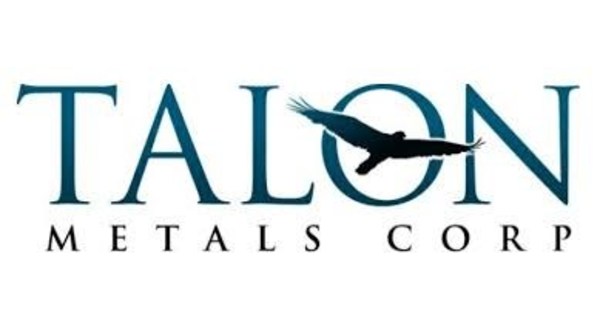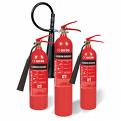Talon Mine & another CO2 capture scam?
September 1st, 2022
Rio Tinto Press Release from February 2022 about its Talon mine (Talon Metals, Talon Nickel, whatever…):
DOE backs Rio Tinto led team to explore carbon storage at Tamarack
Did we learn nothing from the Mesaba Project and their bogus “carbon capture and storage” scam? Apparently not, here we go again…

Tesla will buy nickel from planned Talon Metals Minnesota mine
Here’s Talon’s June 2022 powerpoint:
This project is planned for the area around Tamarack, north mostly.
The Talon application to “continue” the “exploration plan” was approved earlier this year by the DNR, on April 12, 2022 (scroll down at link), less than a month after it was applied for!
The initial “exploration plan” was approved by the DNR on April 5, 2021:
Oh, but wait, that’s NOT the initial plan, there were two earlier applications to the DNR, also approved, oh, make that FOUR:
CO2 Capture Pipeline? Just NO!
November 2nd, 2021
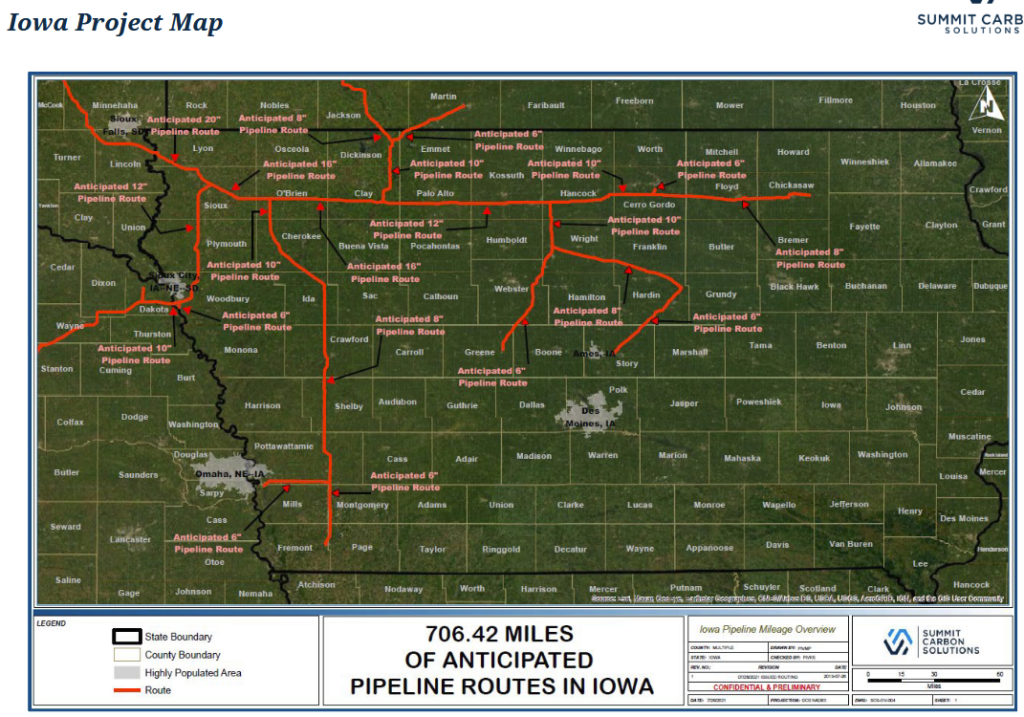
Summit Carbon Solutions, LLC is looking to build billions in pipelines, ostensibly to ship CO2 out of state.
Here’s another map, from the “Presentation-Materials” below — look how far into Minnesota it goes from the south, and even from the west:

Yeah, right. Great idea… NOT! Whether it gets built or not, for sure they’re working to get federal grants and loans! Here’s their plan, the handout and presentation from recent Iowa meetings, and after the Iowa meetings, it’s open season, they can file a project proposal with the Iowa Utilities Board at any time:
I fired off this missive to the Iowa Utilities Board:

To look at the IUB’s Summit Carbon Solutions pipeline docket, go HERE, and in that press release, click on the link for Docket No. HLP-2021-0001 and click on the left side the “FILINGS” and there you’ll find a LOT to read! These two studies are among the filings — issues and risks are not new, but here’s a few new studies, newer than what we had back in the Mesaba Project days:
I cannot believe that anyone would regard this as a feasible concept, but what with the millions being shoveled at toadies like Great Plains Institute to promote CO2 capture and storage (nevermind it just isn’t a thing), it’s no surprise:

I guess they can’t read:
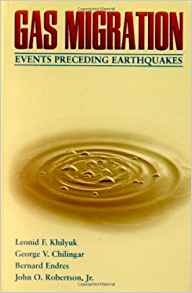
We learned a LOT about CO2 capture and storage during the years of Excelsior Energy’s Mesaba Project. CO2 capture is absurdly expensive to capture even a little CO2, and most cannot be captured. And then what? For the Mesaba project, the “plan” they offered captured a tiny amount and then took it to the plant gate — and then what? Who knows, nothing further was disclosed other than a map showing allegedly suitable sites, but no, there was nothing real. This map:

Their plan? Read it and guffaw, snort, hoot and holler:
And Excelsior Energy’s press release:
And check this, about CO2 leaks:
Some other info:
Now remember, when we’re talking about Carbon Capture and Sequestration, there are three distinct parts:
1) Capture (this has been focus of industry studies)
2) Transport
– $60k/inch/mile = $1,080,000/mi for 18″ pipe
– Repressurization stations along the way
3) Sequestration ($3-10/ton, per Sally M. Benson)
And this is all old news:
CO2 pipelines? It’s a red herring!
Do we really need to go through this again??
And some more old news:
Economic Modeling of Carbon Capture and Sequestration Technology
Hydro & Geological Monitoring of CO2 Sequestration Pilot
Electricity without CO2 – Assessing the Costs of CO2 Capture and Sequestration
Geologic Carbon Dioxide Sequestration – Site Evaluation to Implementaion
Clean Power Plan? MPCA wants comments!
August 3rd, 2015
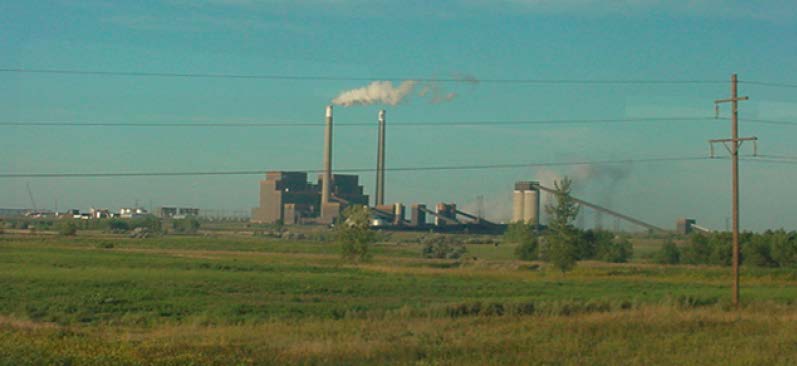 That’s the Coal Creek plant, a photo I took on a tour. If you’re an electric co-op member in Minnesota (elsewhere too?), they offer tours regularly, and it’s something you should do! Check your co-op’s newsletter for info.
That’s the Coal Creek plant, a photo I took on a tour. If you’re an electric co-op member in Minnesota (elsewhere too?), they offer tours regularly, and it’s something you should do! Check your co-op’s newsletter for info.
State Register Notice:
Just released FEDERAL Clean Power Plan:
Clean Power Plan Final Rule (PDF)(1560 pp, 3.3 MB, About PDF) – August 2015
Look at how the “adjusted” Minnesota’s baseline levels due to Sherco 3 being out for nearly 2 years:
The EPA examined units nationwide with 2012 outages to determine where an individual unit-level outage might yield a significant difference in state goal computation. When applying this test to all of the units informing the computation of the BSER, emission performance rates, and statewide goals, the EPA determined that the only unit with a 2012 outage that 1) decreased its output relative to preceding and subsequent years by 75 percent or more (signifying an outage), and 2) could potentially impact the state’s goal as it constituted more than 10 percent of the state’s generation was the Sherburne County Unit 3 in Minnesota. The EPA therefore adjusted this state’s baseline coal steam generation upwards to reflect a more representative year for the state in which this 900 MW unit operates.
Clean Power Plan Final Rule (PDF p. 796 of 1560).
And from the state, which acknowledges imminent release of FEDERAL Clean Power Plan Final Rule , also released today, just in from the MPCA (direct quote):
The Minnesota Pollution Control Agency (MPCA) has issued a request for comments on possible rule amendments to bring Minnesota into compliance with the U.S. Environmental Protection Agency’s (EPA’s) Clean Power Plan. You can read the full request in the August 3, 2015, edition of the State Register, available at www.comm.media.state.mn.us/bookstore/mnbookstore.asp?page=register.
The amendments we are considering will help Minnesota meet standards established by the Clean Power Plan, which sets state-specific carbon dioxide emission targets and requires each state to submit a plan detailing its strategy for meeting the targets. As of State Register press time, we have not yet started drafting a plan because the EPA has not yet published the standards that Minnesota’s plan will need to meet, so the MPCA requests public input to help guide our considerations of methods for meeting the EPA’s targets, as well as any other objectives that the state’s plan might include.
Stakeholder meeting agendas, notes, and other related documents are posted on the website for this rulemaking at www.pca.state.mn.us/w9y3awr.
To access information about a particular Minnesota rulemaking, visit the Public Rulemaking Docket.
CO2 concerns prevail in amazing EPA appeal
November 13th, 2008
In a Sierra Club air permit challenge, the Environmental Appeals Board has ruled that the EPA must address CO2, and it remanded “the permit to the Region for it to reconsider whether to impose a CO2 BACT limit and to develop an adequate record for its decision.” This decision should apply to air permits for facilities discharging CO2, pretty much everything, eh?
Here’s a snippet about alternatives, because this is what the EPA Comments are very concerned about in the Mesaba case:
The statutory section Sierra Club relies upon, CAA section 165(a)(2), does not require the permit issuer to independently raise and consider alternatives that the public did not identify during the public comment period. Here, Sierra Club did not identify during the public comment period the alternatives it raises in its petition.
So Sierra’s alternatives argument got 86’d (p. 6). But here’s some good stuff:
Although the Supreme Court determined that greenhouse gases, 2 such as CO , are “air pollutants” under the CAA, the Massachusetts 2 decision did not address whether CO is a pollutant “subject to regulation” under the Clean Air Act. Massachusetts v. EPA, 549 U.S. 497, slip op. at 29-30 (2007); In re Christian County Generation, LLC, PSD Appeal No. 07-01, slip op. at 7 n.12 (EAB Jan. 28, 2008), 13 E.A.D. at ___. The Region maintains that it does not now have the authority to impose a CO BACT limit because “EPA has historically interpreted the term ‘subject to regulation under the Act’ to describe pollutants that are presently subject to a statutory or regulatory provision that requires actual control of emissions of that pollutant.” U.S. EPA Region 8, Response to Public Comments (Permit No. PSD-OU-0002-04.00) at 5-6 (Aug. 30, 2007) (“Resp. to Comments”). We hold that this conclusion is clearly erroneous because the Region’s permitting authority is not constrained in this manner by an authoritative historical Agency interpretation.
But then they wiggle a bit and then clarify that they’re just sending it back:
By our holding today, we do not conclude that the CAA (or an 2 historical Agency interpretation) requires the Region to impose a CO BACT limit. Instead, we conclude that the record does not support the 2 Region’s proffered reason for not imposing a CO BACT limit – that 2 although EPA initially could have interpreted the CAA to require a CO BACT limit, the Region no longer can do so because of an historical Agency interpretation. Accordingly, we remand the Permit to the Region 2 for it to reconsider whether or not to impose a CO BACT limit and to develop an adequate record for its decision.
The timing is good, with Pres. Obama about to walk in the door. But what will Bush do in the remaining time?
AAAAAAAAAAAAAAAAAAAAAAAGH!
